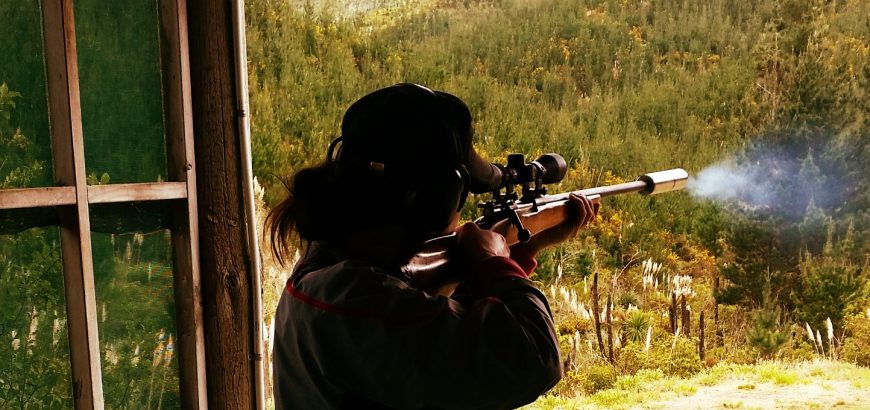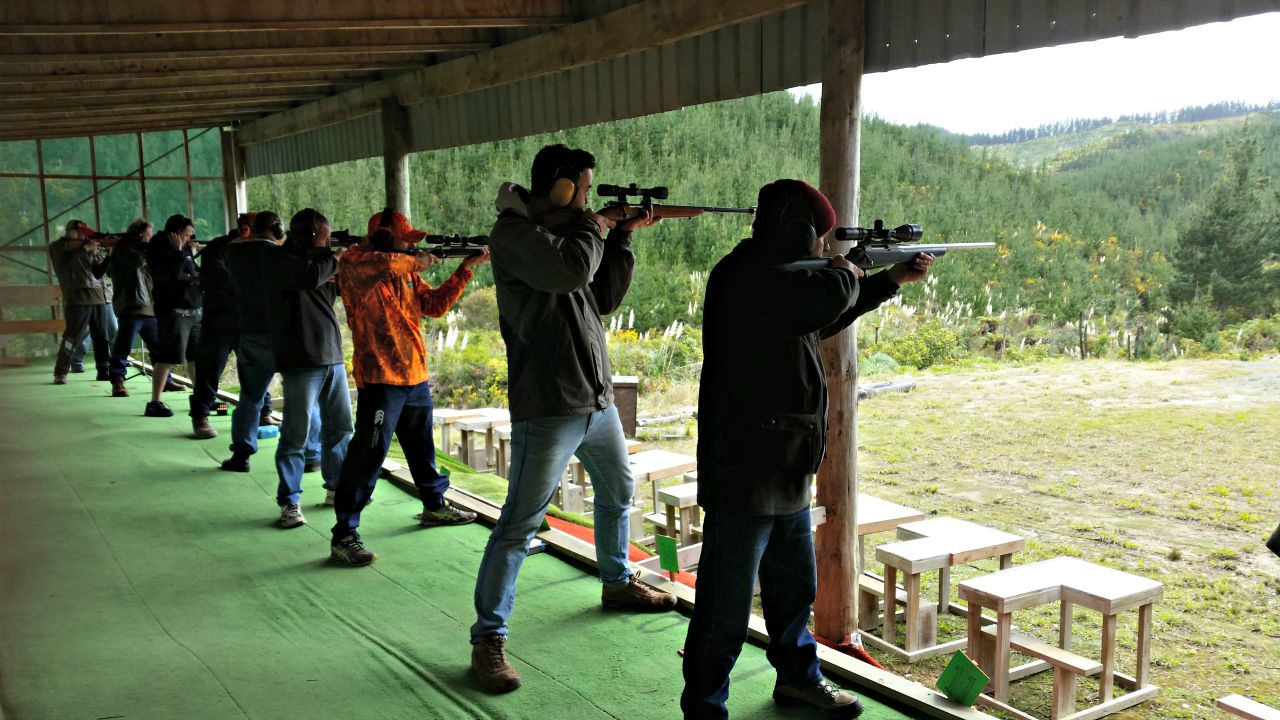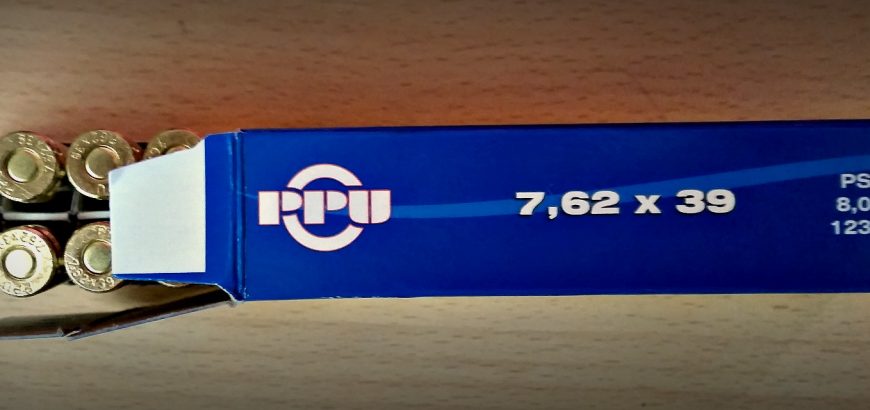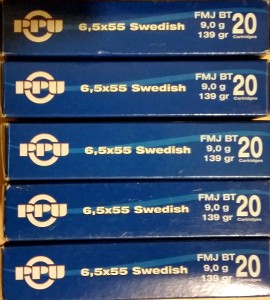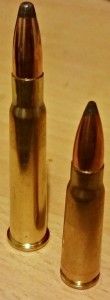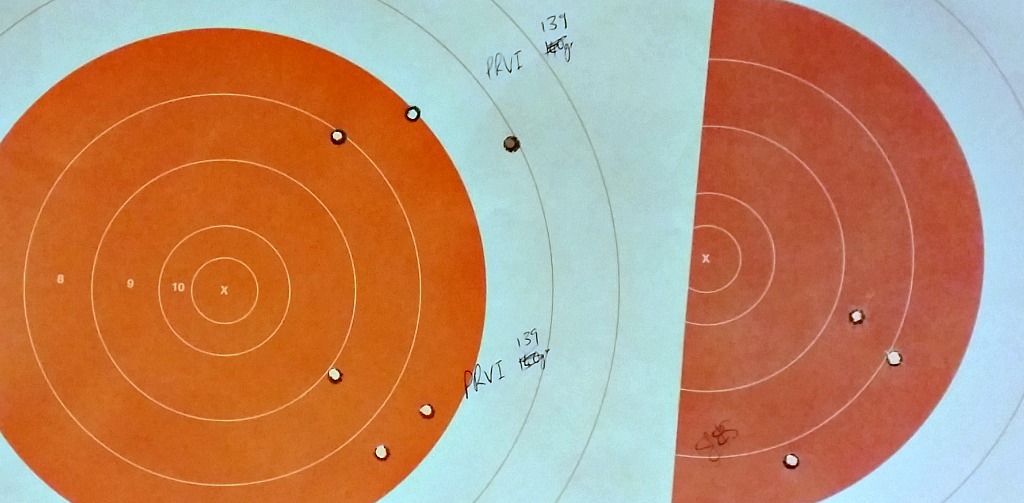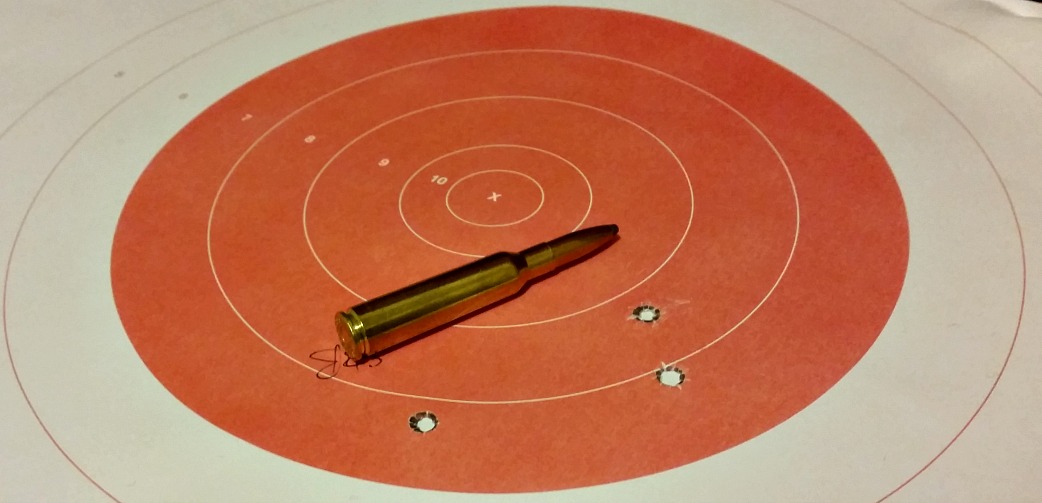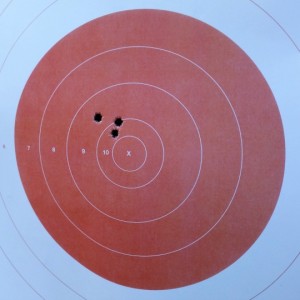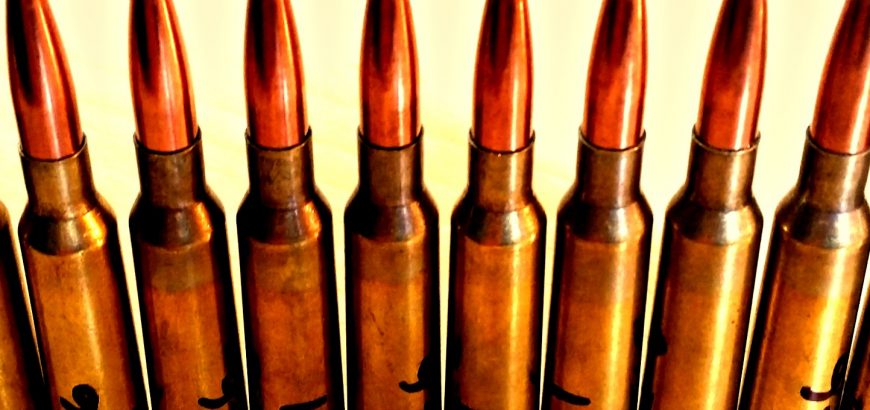Good question – glad you asked! There’s a lot of stuff you could buy if you wanted to start reloading, but actually only a few essential things to start your first load and get hooked with the reloading addiction. This is a quick list of the bits and pieces you’ll need to get going.
Beware – any loads mentioned in this article are my own, and are not to be taken as gospel! Use a reloading manual or manufacturer’s instructions to find the right load for your firearm and application.
Oh, and here’s the difference between handloading and reloading if you were wondering!
Why reload?
Okay, before we get straight into the list – why reload? Ammunition is expensive. Each time you pull the trigger on a rifle, you’re sending $2 – $5 downrange, depending on your calibre and ammo preference. My 6.5×55 reloads cost $1.27 to shoot, roughly. But it’s not just about cheap and cheerful. I could cut that almost in half if I bought cheap projectiles. No, that’s $1.27 for ammo that I would call “match grade”. The results speak for themselves – see below:
Aside from being economical, reloading allows you to fine tune your ammunition depending on your rifle and intended application. I have two identical loads for my Tikka T3, one for target shooting and one for hunting – the only difference is the projectile and COAL (cartridge overall length).
There’s a lot you can do with reloading, so take the time and get stuck in – you’ll save some money, improve your accuracy/performance, and develop what is really a whole new hobby.
If you’re going to sight in and hunt once a year, then no worries, a pack of factory ammo will last you plenty of trips!
What are the essentials?
Obviously you need a firearm to shoot the ammo in! You also need safety glasses for while your reload (primers are explosives!). You need yourself, a solid reloading bench, some basic maths skills, and a whole bunch of other really obvious stuff. But, I’ll be splitting what you need into materials and tools. This is part one on materials.
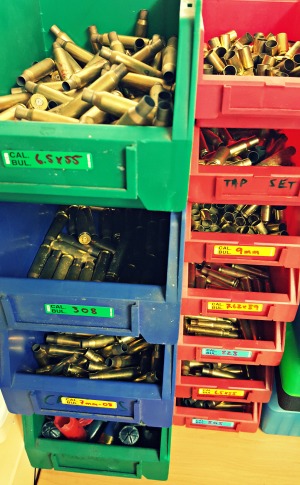
Brass
This is what makes reloading economical. You can reuse your brass many times over, which turns into a considerable saving. If you neck size and reload for one rifle only, reusing your brass will also increase accuracy. Where to get brass? You can buy it online, or from stores such as Reloaders Supplies or Serious Shooters. Or, what I do is buy ammo, shoot it, and reuse the brass.
I shoot and reload PPU or Sellier & Bellot for cheap plinking ammo (.303, 7.62×39, etc.). For my 7mm-08 and .308 I use a mixture of Hornady, Remington and Winchester. For my “match” 6.5×55 ammo, I shoot and reload Norma ammo. Lapua is also a good candidate. For 9mm pistol rounds I use whatever I have at hand.
Using brass from factory ammo also means you have a base line to start with, figuring out what your gun does and doesn’t like.
Cost example:
ADI 300 Blackout brass x 100 – $69 from Reloaders Supplies. That’s 69 cents each, and anecdotally you’ll be getting around 10 loads per, so call it 7 cents per round.
Federal American Eagle loaded 300 BLK ammo x 20 – $55 from Serious Shooters. That’s $2.75 per round if that was that. But if you plan on getting another 9 loads (at least) out of the brass, then call it 27.5 cents per round (including your first, loaded shot). It’s not as cheap, but you do get that first shot, and you get to experiment with different weight projectiles without buying a bunch of different types.
Projectiles
Projectiles (bullets) are likely to be your biggest expense if you’re aiming to make quality ammo. My most expensive pills are about $1.03 each, depending where you buy em. There are plenty more expensive out there. Plenty! But if you shoot a cheap/common/small calibre, like .223, you’ll be able to pick up bullets for much, much cheaper. Have a look at your usual stores and you’ll see what I mean.
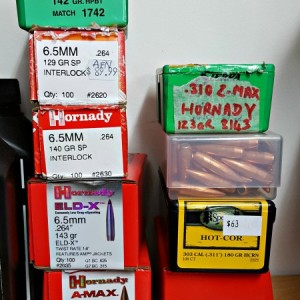
You can get cheaper still with cast lead or plated projectiles, but these come with their own challenges and idiosyncrasies. Stick with copper jacketed bullets as you start out and life will be simpler.
Make sure you choose a projectile specific to your needs. Manufacturer websites are pretty clear, otherwise, read up on your calibre in Nathan Foster’s knowledge base, or ask your local gun store staff. A good example is, Sierra Matchkings (SMK) are super accurate, but dicey performers on game. Hornady ELD-X is great on game, and pretty accurate to boot. Prvi Partisan .31 calibre lead-tipped projectiles are actually great for effective wounding on game, but certainly not match accurate.
Cost example:
Prvi Partisan 6.5mm (.264) 139 gr projectiles x 100 – $60 from Gunworks. That’s 60 cents per round.
Berger VLD Target 6.5 mm (.264) 140 gr x 100 – $106.95 from Workshop Innovations. Looking at $1.07 per round. As you can see, there is a vast difference, but these two projectiles are for vastly different applications.
For comparison, a bag of 500 ADI 22 calibre 62 gr projectiles would set you back $100. That’s 20 cents a round for cheap AR-15 plinking ammo.
Powder
Powder is a big expense up front, but lasts for ages. It’s good to have a few varieties on hand for different loads and applications, but once you find one that you definitely will use a lot, buy in bulk to save even more money. Also, buying in bulk eliminates the variance you can get between batches of powder, as you’ll be working from the same batch for longer.
As I’ve said before, I’m a big fan of ADI powder. ADI (based in Australia) produces a bunch of powders for other brands, so if you find Americans talking about Varget, it’s fine because you can buy ADI AR2208, which is the same thing. But, where it becomes awesome is ADI powders are sold in 500 gram containers for around the same price of an American or European brand 1 pound container, which is about 454 grams. Immediate savings!

There are many good powder brands, and if you will end up reloading for multiple calibres, try and find loads that like the same powder to save on cost even more. My 6.5×55, .303, .308 and 7mm-08 are all fed a steady diet of 2208. Funnily enough, they’re all similar charge weights as well. This leads to multiple efficiencies.
You should definitely get yourself a reloading manual, but if you do decide to stick to ADI, they provide some awesome reloading data on their website.
Cost example:
ADI AR2208 500 g – $65 from Broncos. I use around 40 grains for most loads with this powder, so let’s call it 34 cents per round. If you bought the 4 kg container, your cost per round would drop to 30 cents.
IMR 4198 1 lb – $69 from Reloaders. I use 26.5 grains of this for my 7.62×39 loads. That’s 264 rounds, so 26 cents per round.
Primers
The things that go bang! I won’t spend too much time on primers except to say that they are actually different. It’s good to experiment, but when you start loading in volume, try and stick to one type of primer, otherwise you should realistically back off your load and work up again as the reaction inside the chamber will be different. Better yet, buy in bulk. I have found all of my loads requiring a large rifle primer tend to like Federal Gold Medal match primers. So I buy boxes of 1000 at a time.
Again, not only are you saving more dollar dollar bills y’all, but you’re keeping consistent by staying in the same batch of primers. Primers are quite cheap, so buying in bulk is not such a big deal.
Cost example:
Winchester Large Rifle primers x 100 – $12.99 from Gun City.
Federal Premium Gold Medal Large Rifle primers x 1000 – $90.95 from Workshop Innovations.
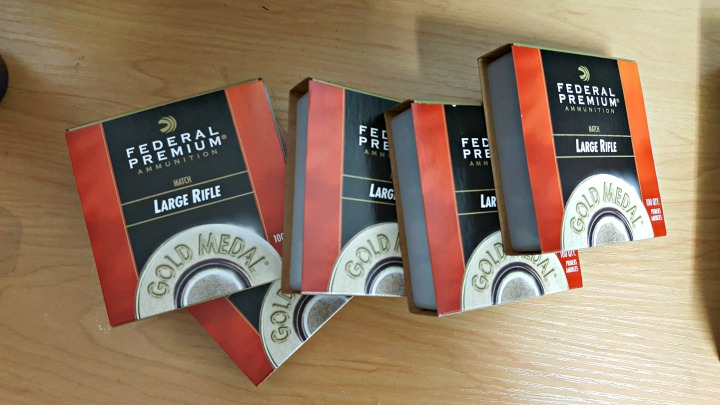
What will my first lot of materials cost me?
Let’s use the common 308 as an example. Using the ADI Powders load data and some prices from NZ shops, let’s figure out the minimum you would have to spend to load your first 100 rounds, as well as how economical you can get by buying in bulk.
| Supplier | Item | Quantity | Cost | Cost per round |
| Reloaders Suppliers | Sierra 30 cal 155 gr HPBT Match | 100 | $78.00 | $0.78 |
| Broncos | ADI AR2208 powder | 500 g | $65.00 | $0.37 |
| Broncos | ADI AR2208 powder | 4 kg | $465.00 | $0.33 |
| Gun City | Winchester 308 Win brass | 50 | $69.99 | $1.40 |
| Gun City | Winchester 308 Win brass (10 x) | 50 | $69.99 | $0.14 |
| Workshop Innovations | Federal GM210M LR Primers | 100 | $9.95 | $0.10 |
| Workshop Innovations | Federal GM210M LR Primers | 1000 | $90.95 | $0.09 |
| Cost per round for first 100 only (will have left over powder) | $2.65 | |||
| Cost per round with bulk buying and 10 loads from each case | $1.34 | |||
| Cost per round of equivalent factory load low end manufacturer | $3.00 | |||
| Cost per round of equivalent factory load high end manufacturer | $3.40 | |||
As you can see, depending on the life of your brass, you can half the cost of your ammo and produce some excellent results. Especially when you consider that you can set your seating depth and a host of other things that will increase your accuracy from a given load.
Having said that, there’s more to getting started than bullets and brass. The cost of reloading equipment will factor into your decision to start loading your own ammo or not. Make sure to check back for Part Two in this series, in which we will look at the easiest equipment to get started with.

